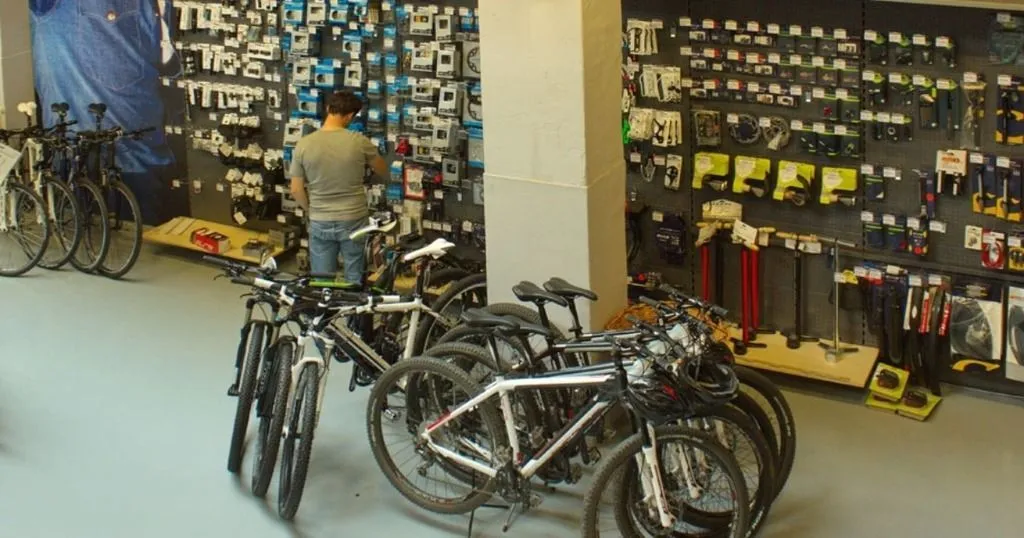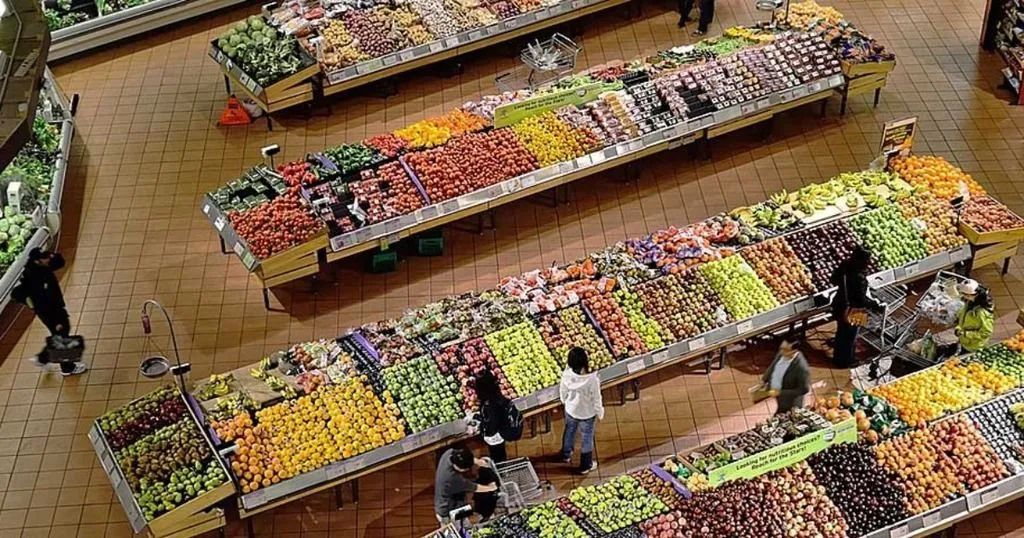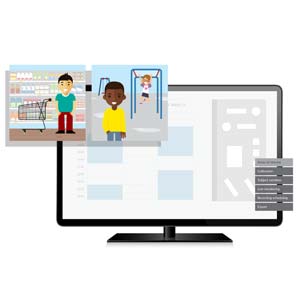What are you doing in that shop?

The online shopping revolution is having a huge impact on retail shops. What new tools should the shop manager use to know how to respond?
Posted by
Published on
Fri 12 Jul. 2013
Topics
| Consumer Behavior | Retail | TrackLab |
In the last couple of years, the volume of online shopping has expanded beyond what anyone could have imagined [1]. In 2012, in the UK, the total volume of online shopping across all sectors passed the ten percent mark. For purchases like music and video, it is over 80%, for books over 50% [1]. In Europe and America, shops in those sectors are struggling to survive — and not always succeeding.
But it is not just that consumers are switching to a different channel to make their purchases. Increasingly, when a customer enters a shop, they have already done some online research.
A recent study found that 75% of consumers researched products both online and in-store before making a significant purchase [2]. Some retailers worry that if customers have access to WiFi in the store, they will discover that the competition (online or another shop) is cheaper, and the sale will be lost. Others believe that if the customer cannot do their online research on the spot, they will do it at home, and the chance of making the purchase at their shop will be decreased.
Retail environments are changing
That is just one way that the changing retail environment means that traditional wisdom regarding layout and stocking of shops may need serious reconsideration. The online revolution will also have an effect on all sorts of other aspects, such as the range of items to be stocked and the levels of inventory. Maybe the retail store will be more like a showroom in the future, with orders placed in the shop, but via the website.
How will the optimal location of the shop, the shop’s layout and display of items be affected? What should the total customer experience be?
Shopper research
Traditionally, research in this area relies heavily on questionnaires. If you look at articles published in a typical academic journal dedicated to retail science, the vast majority of the results published will have been gathered by asking people questions. For instance, the density of people in a shop has a strong effect on their emotions and therefore their purchasing behavior. Too dense a crowd and the shoppers will feel uncomfortable and leave.
However, if they are the only person in the shop, a customer will get the feeling that there is something wrong with the shop or its products, and they will also quickly move on. There have been some nice studies on this, with clever experimental designs (e.g. [3]), but typically they do not actually measure how people behave in those circumstances, but they just ask them what they think they would have done and what they said they felt like. Likewise, retailers sometimes attempt to influence shoppers’ behavior with factors such as scent and color, but many studies do not study the actual affect, but ask the subjects how they thought it influenced them (e.g. [4]).
Don't rely exclusively on surveys
Although questioning subjects after an experiment can provide valuable extra insights, there are quite some drawbacks to relying exclusively on that information.
- Firstly, many factors such as the layout of a shop and certainly factors like scent and color, above all have a subconscious effect on the mood of the shoppers. That means that, by definition, self-reporting is not going to be accurate.
- Secondly, it is in our nature to want to please the person we are talking to, so subjects will subconsciously give answers they think will be pleasing, such as that they would actually have bought a certain item.
- Thirdly, just as much as for the shop designers, consumers are affected by traditional shopping patterns, and will give their answers accordingly. But if a retailer wants to be ahead of the game, that will not be sufficient.
Measure what consumers do in shops
The answer is to actually measure what consumers do in shops – either living labs, or preferably in the real retail environment. Tools such as event recorders and eye trackers are increasingly being used to measure both the broad pattern and detailed behaviors of what customers do when they are deciding to buy an item in a shop. That type of measurement has the advantage that you know what the buyer actually did in your shop, but it does also have some limitations.
If the subject is too aware of the study (and it hard not to be with an eye tracker on your head, even with modern lightweight versions), that can also influence the behavior. Will they buy that unhealthy dolphin-unfriendly item if they are conscious of being studied?
Also, information about behaviors such as the path moved through a store, how long they stood in front of the new display, what the average velocity of the check-out queue was etc. cannot be accurately measured using those techniques. Recent developments in technology have provided new methods that do make those measurements possible. For instance, Noldus have recently launched their new product, TrackLab, which uses a variety of tracking technologies to record anonymously the path consumers take through a store, and then analyzes the data to generate insights into their behavior.
In the coming years, the online shopping revolution is going to have a dramatic influence on the retail sector. For a shop to not only survive but also flourish, the managers and designers will have to be ready to respond to those changes. For that response, the old methods of relying on what consumers say they would do is not enough, insight will only come from actually measuring their behavior.
References
- SAS and verdict research, How the UK will shop in 2013. Dec 27 2012.
- Deloitte. 2011. The Changing Face of Retail. The store of the future: the new role of the store in a multichannel environment.
- Uhrich 2011. Explaining non-linear customer density effects on shoppers’ emotions and behavioral intentions in a retail context: The mediating role of perceived control. Journal of Retailing and Consumer Services,18, (2011), 405–413.
- Mattila AS & Wirtz, J., 2001. Congruency of scent and music as a driver of in-store evaluations and behavior. Journal of Retailing,77, (2001), 273–289.
- Photo credit: A high-end retail environment in a sector increasingly influenced by online information and shopping. The photo is of the bike shop, Peerenboom Fietsen (taken by the author).
Related Posts

How to increase attention in commercials for Gen-Z

Understanding consumer buying behavior

